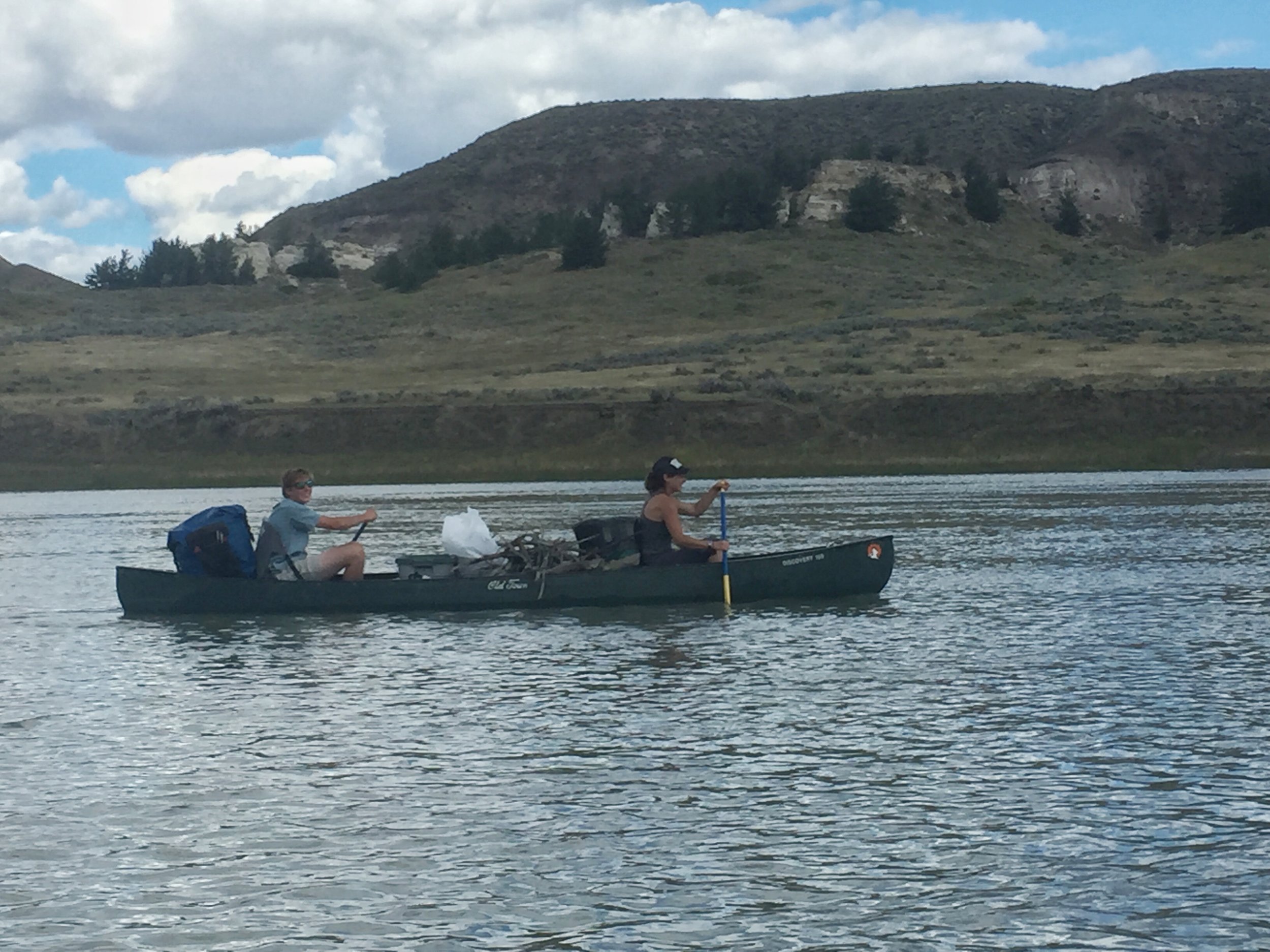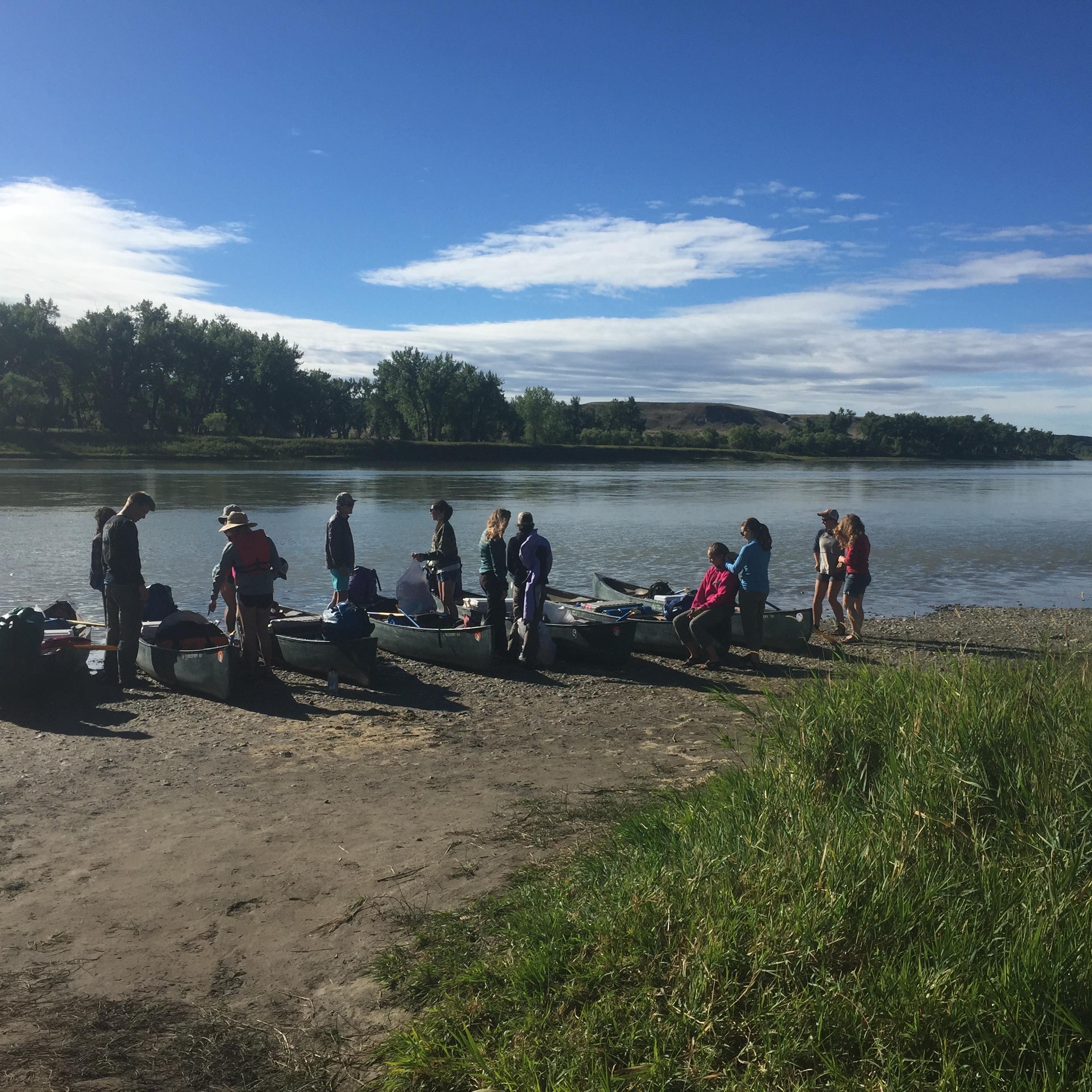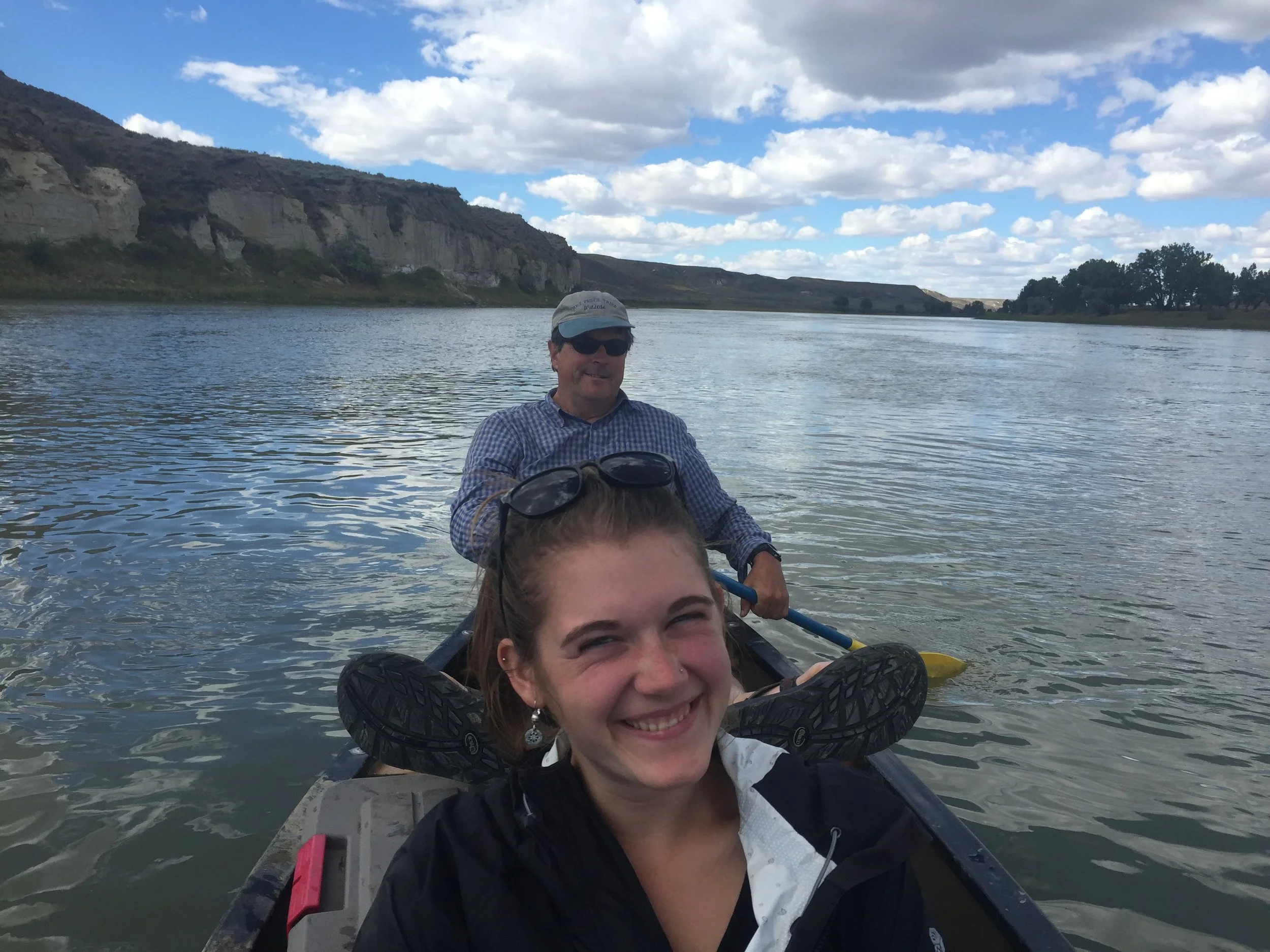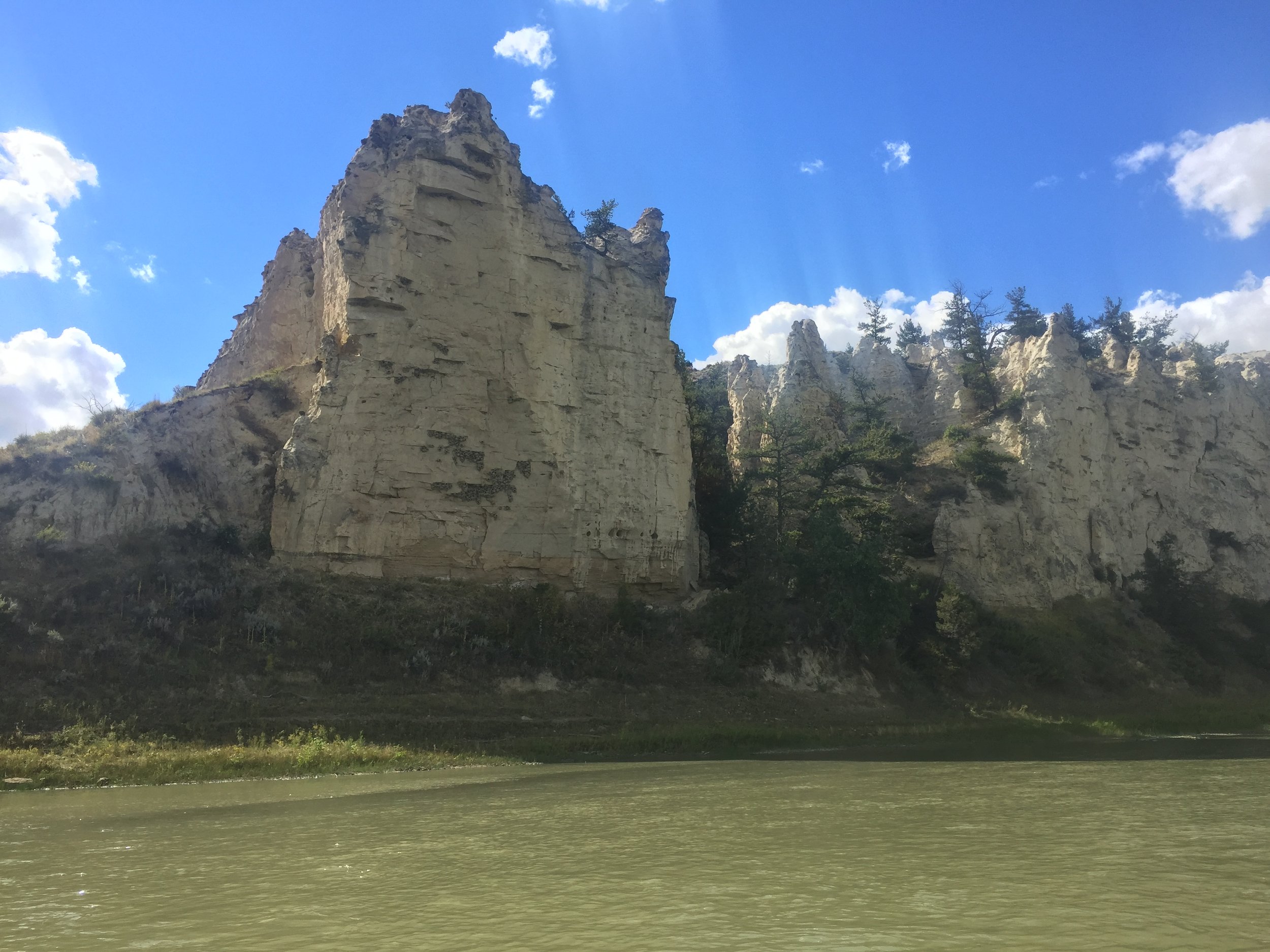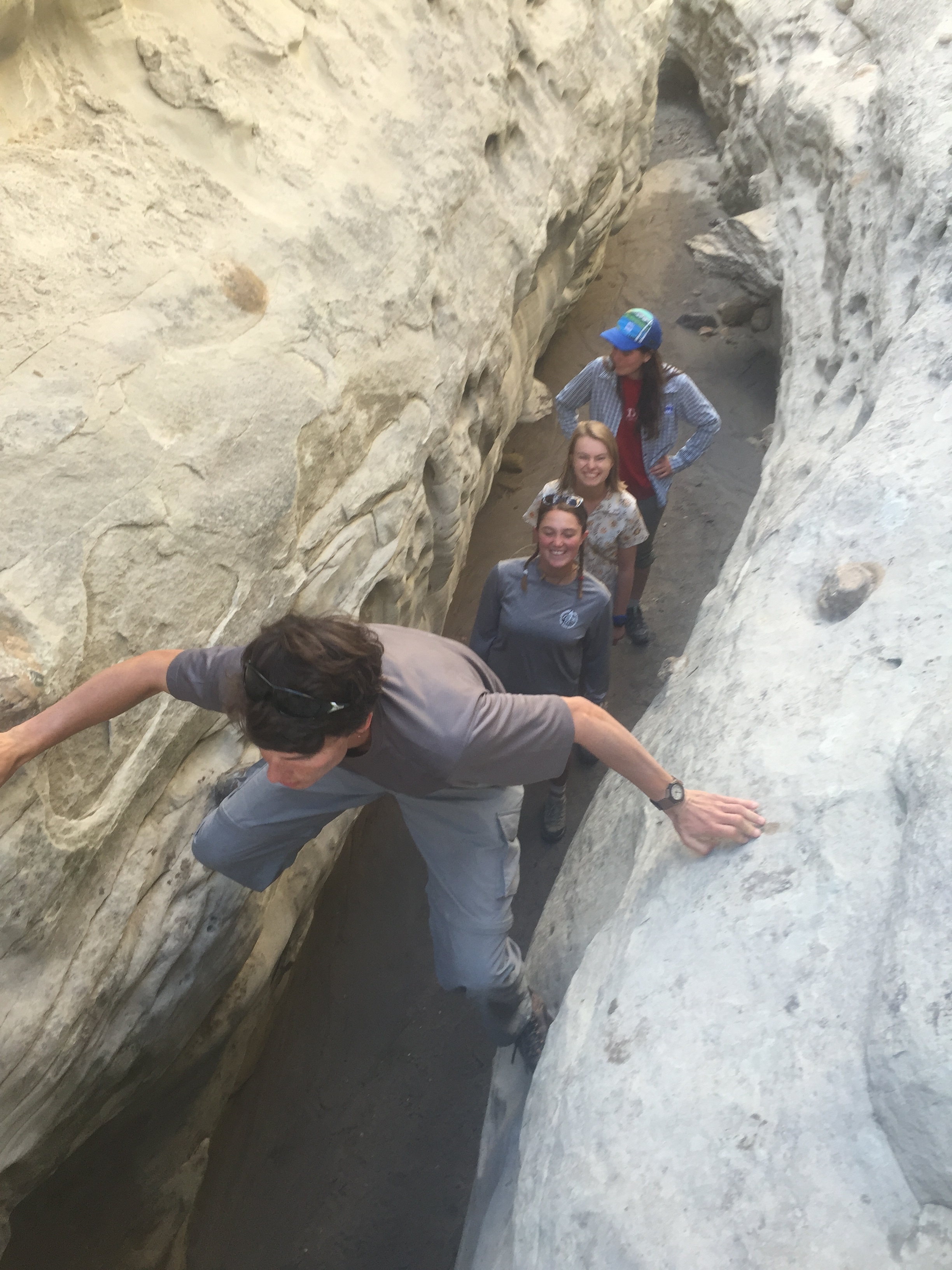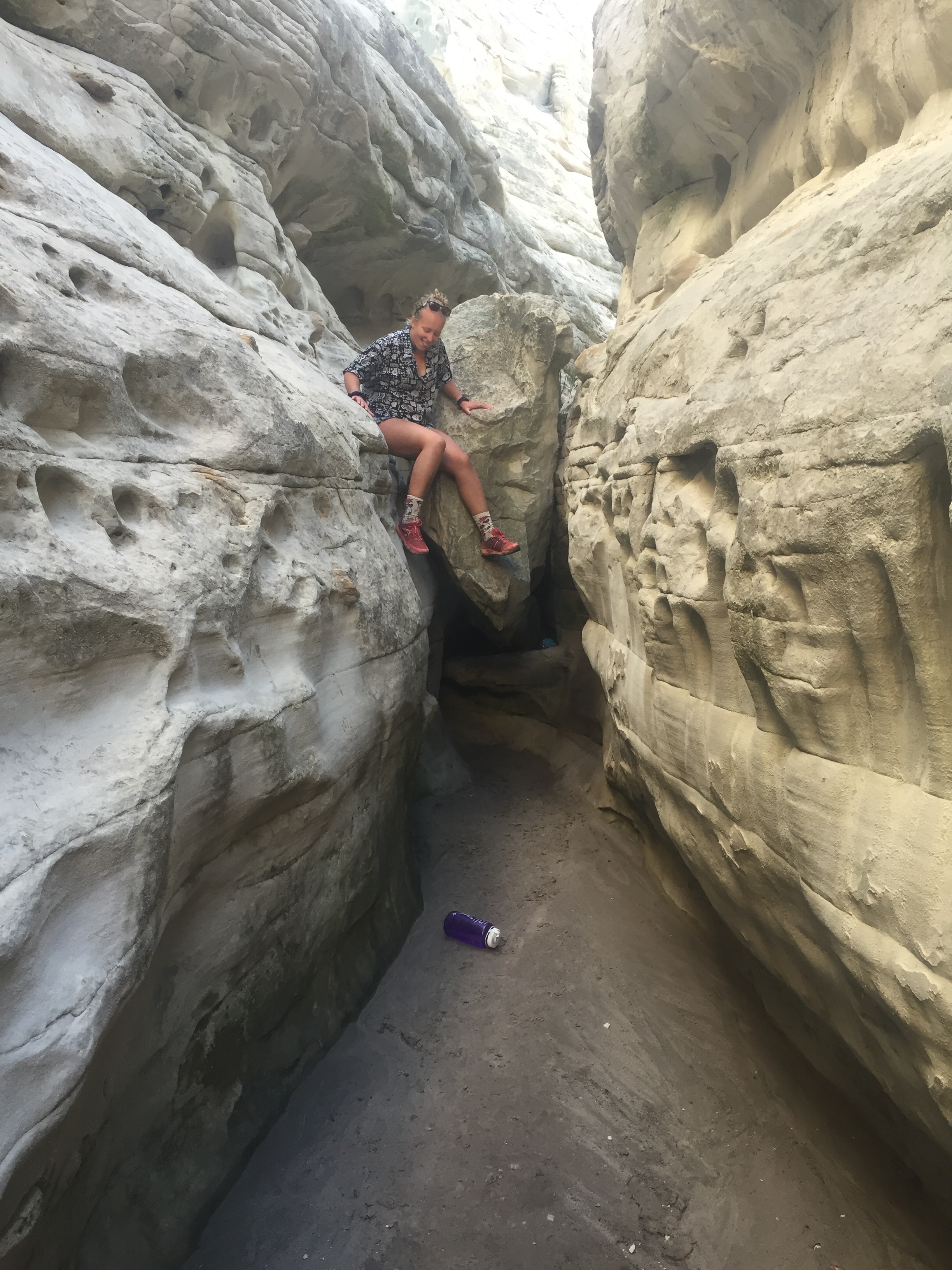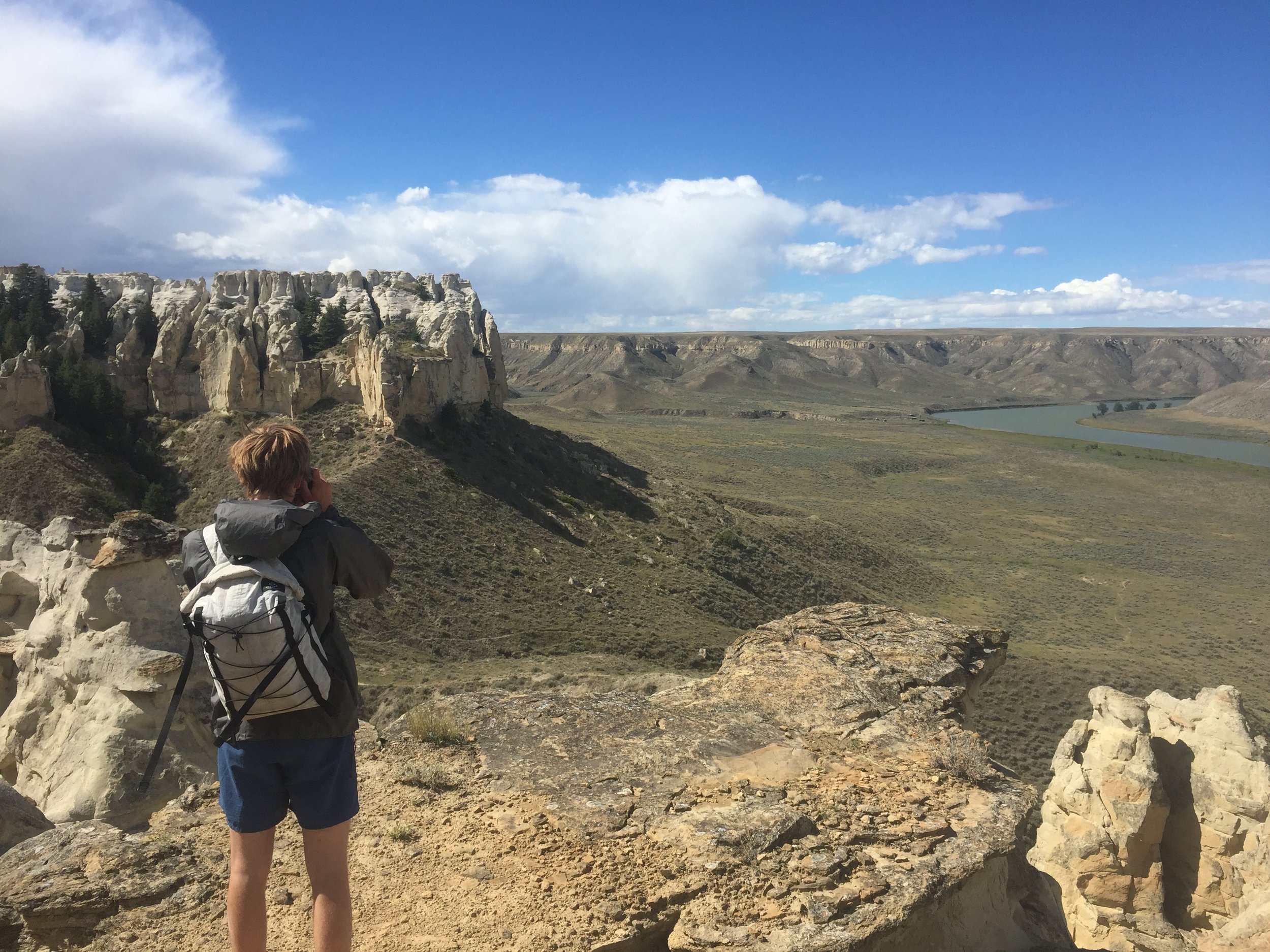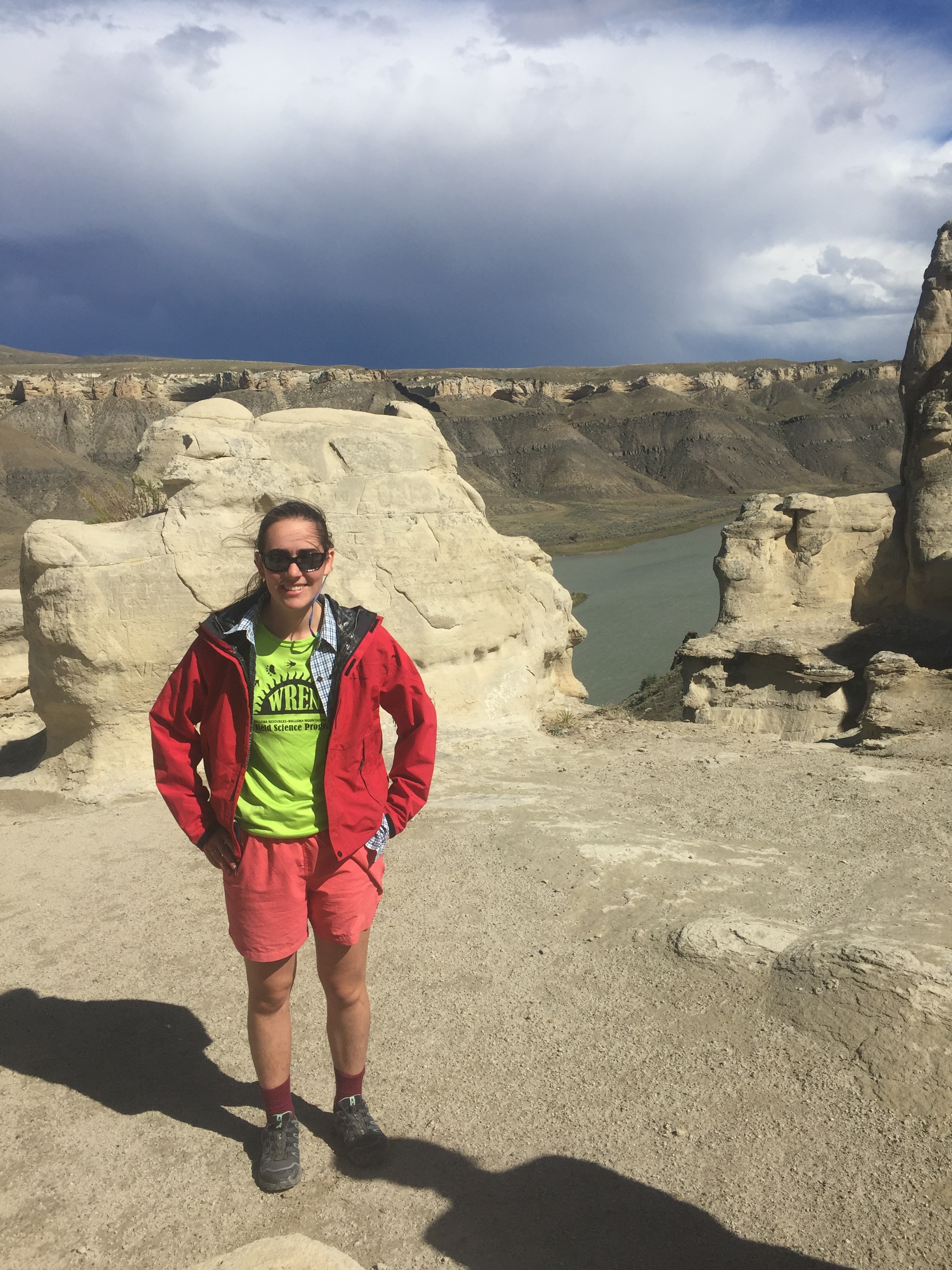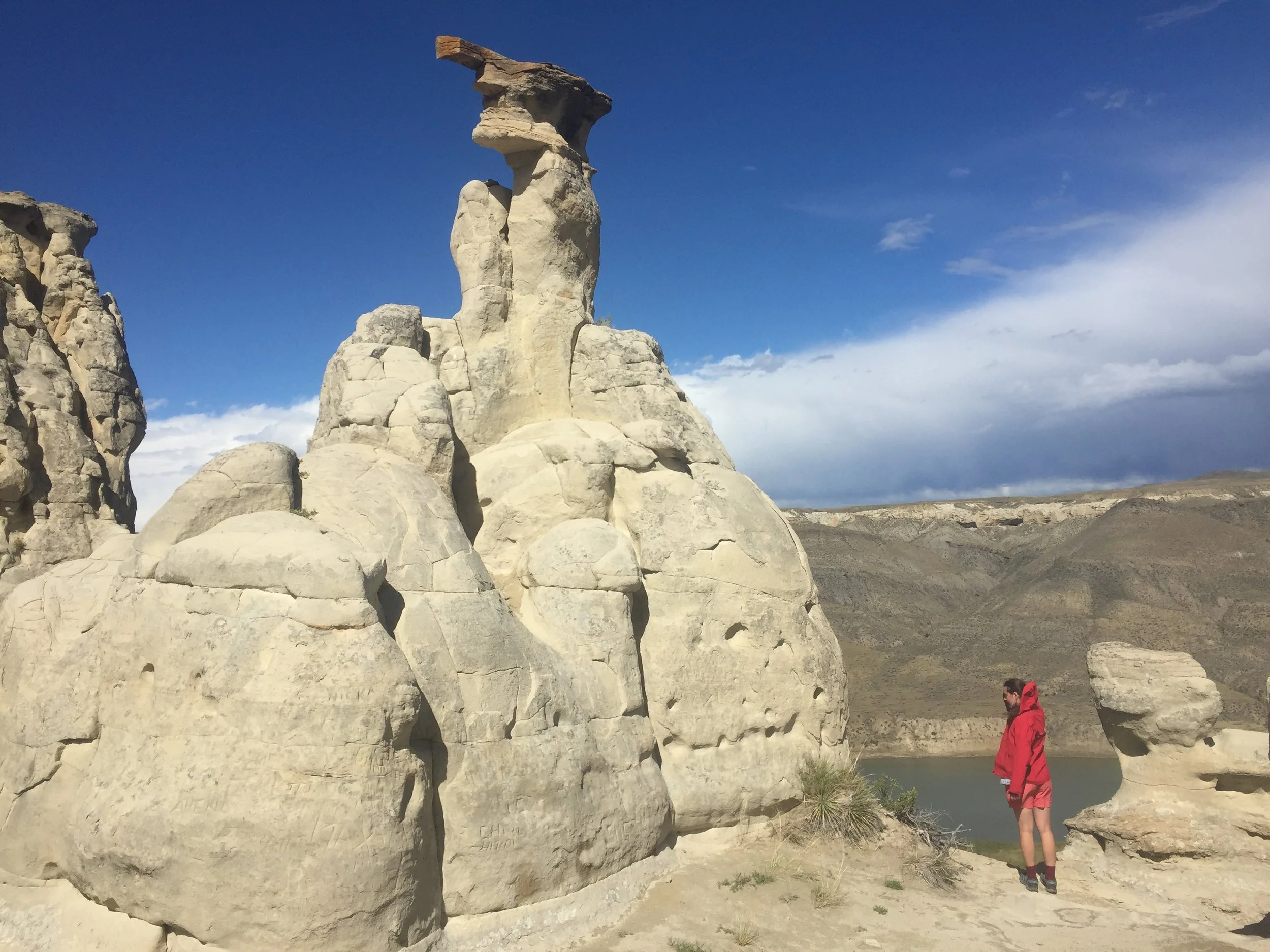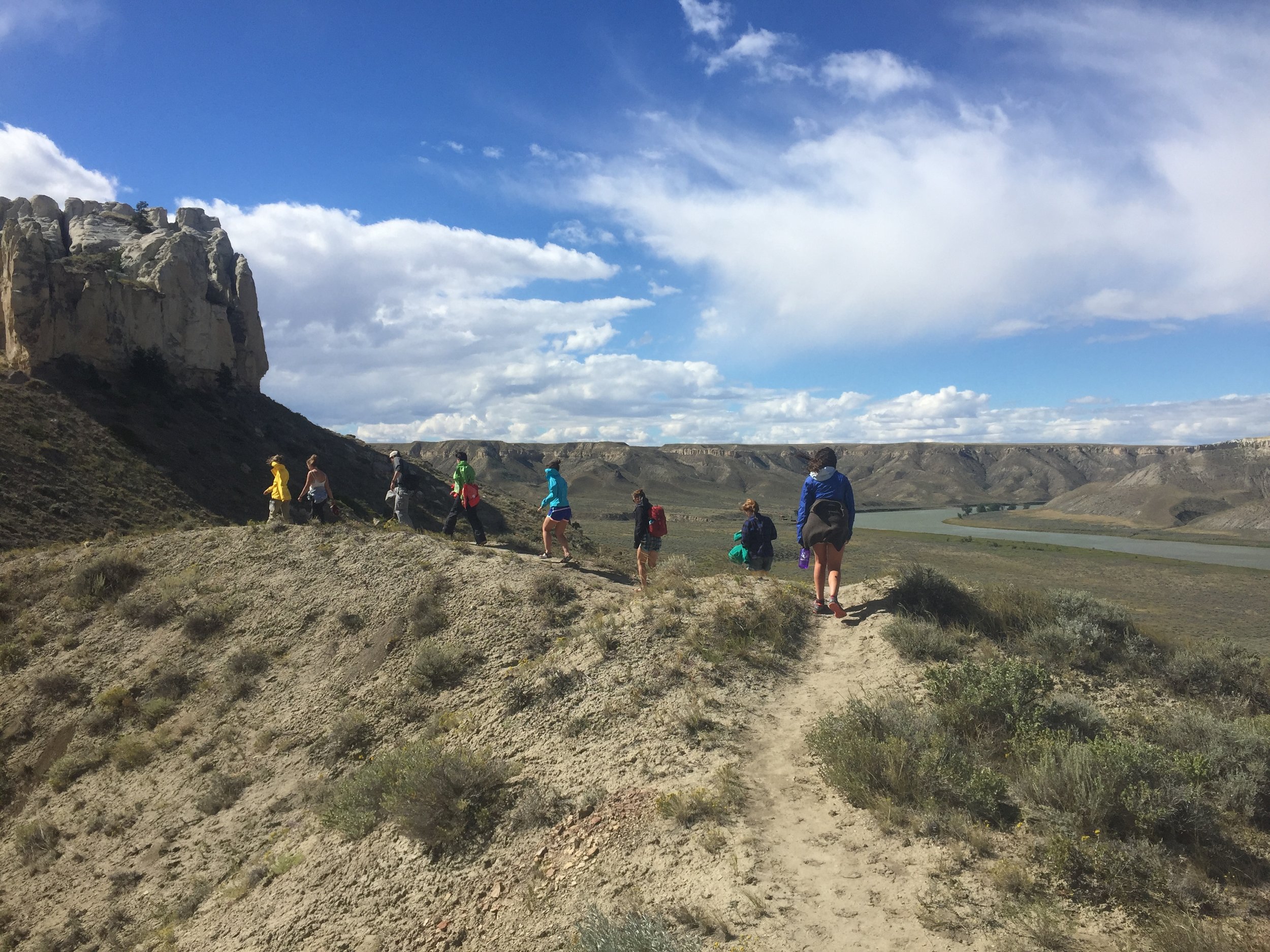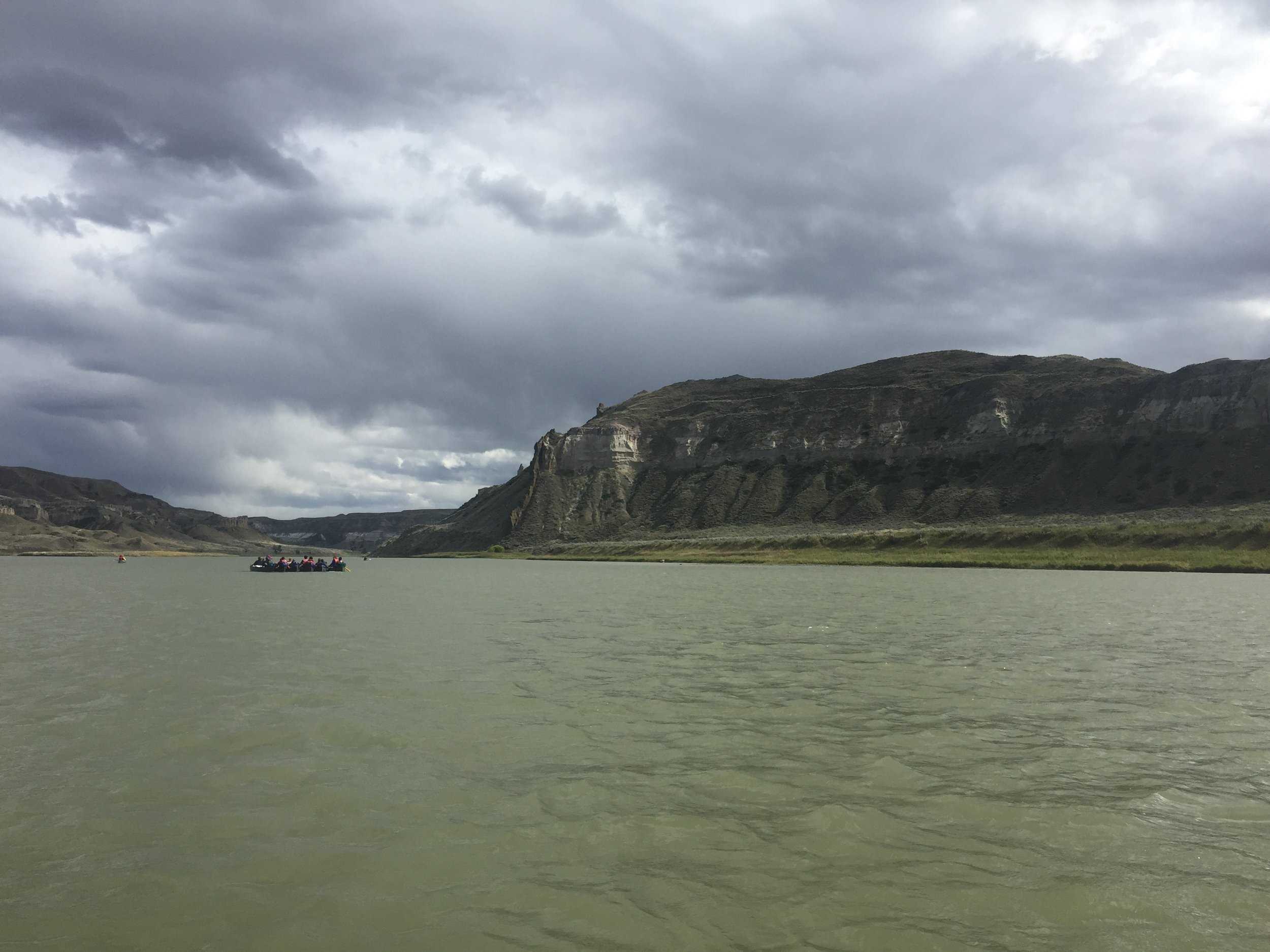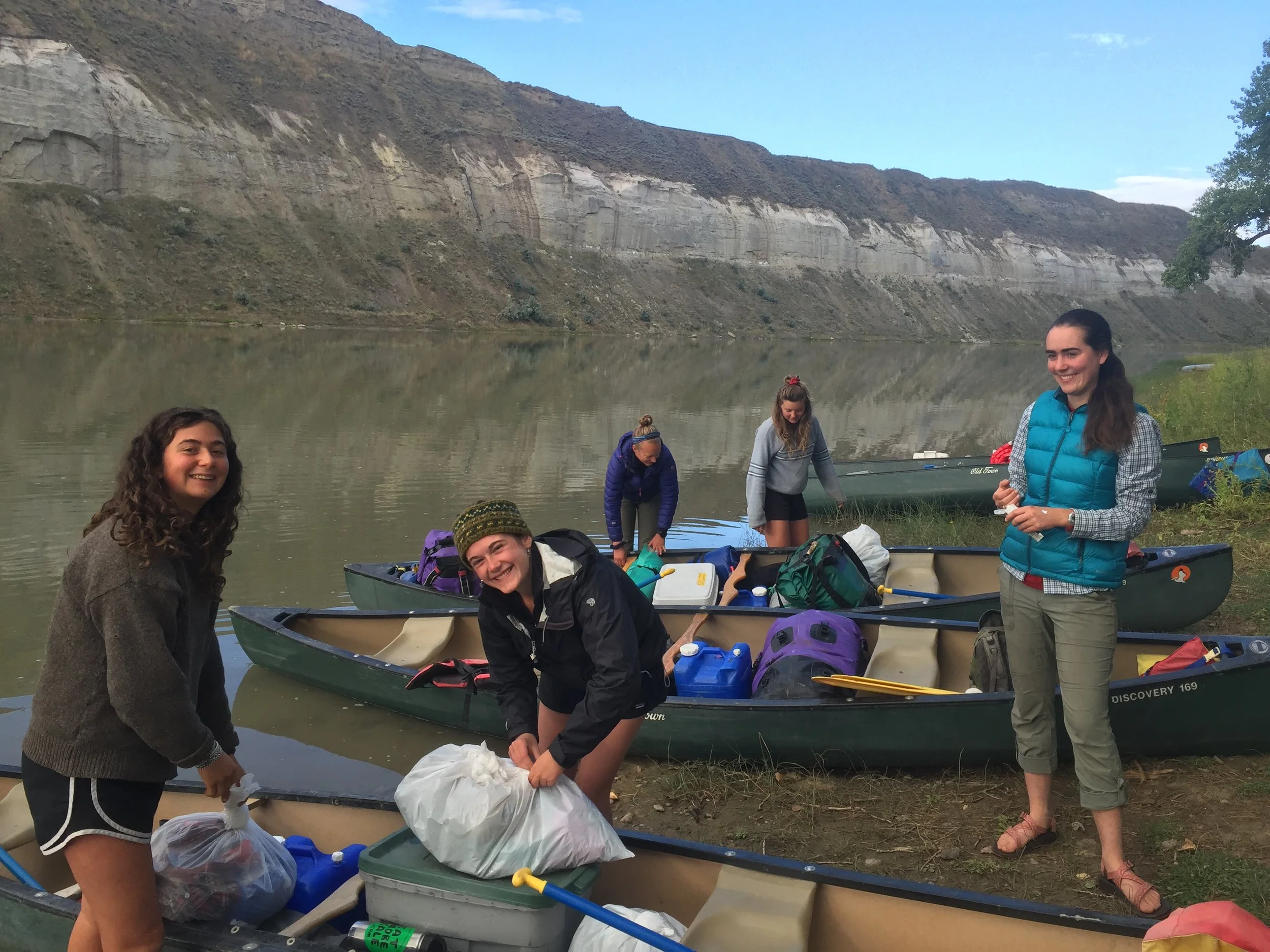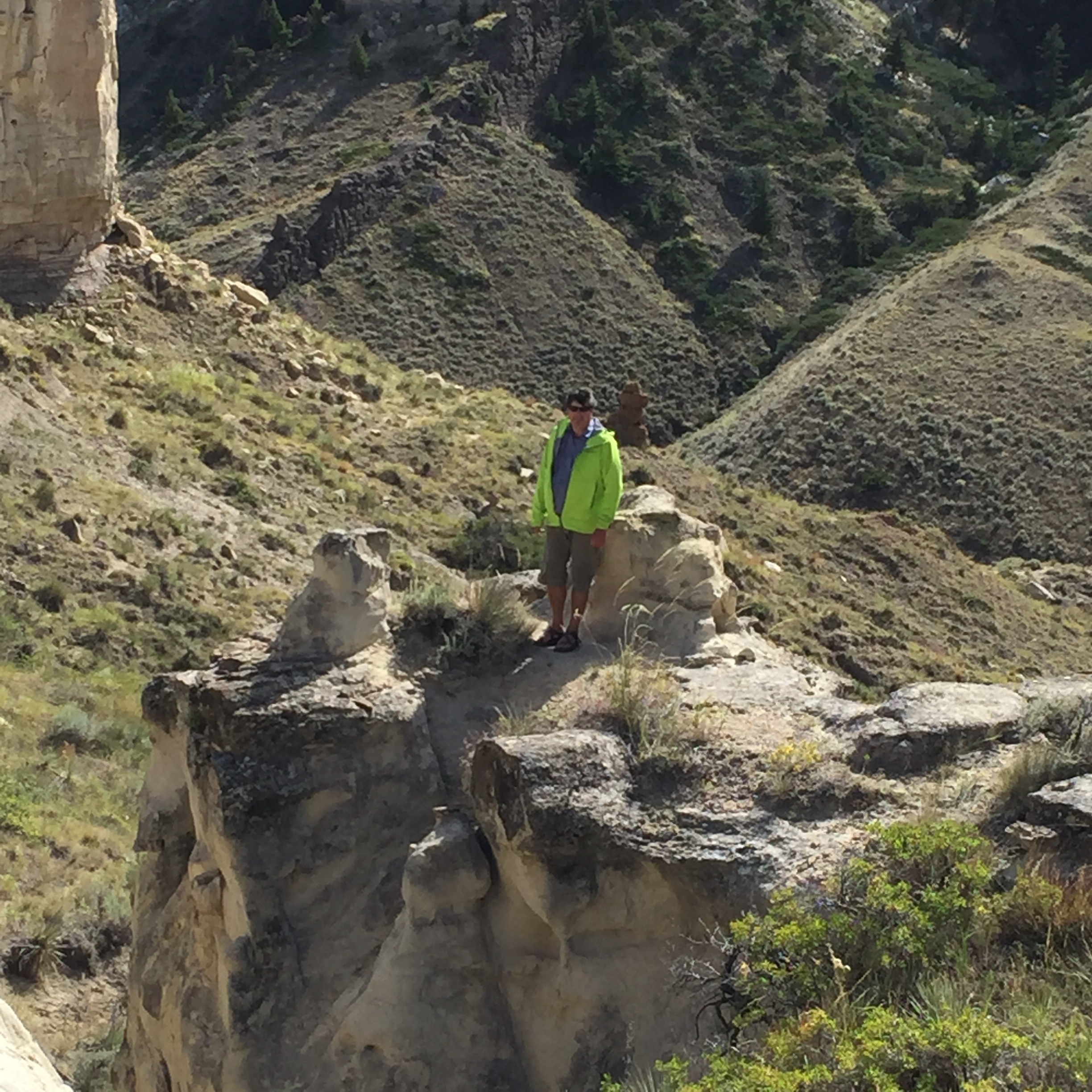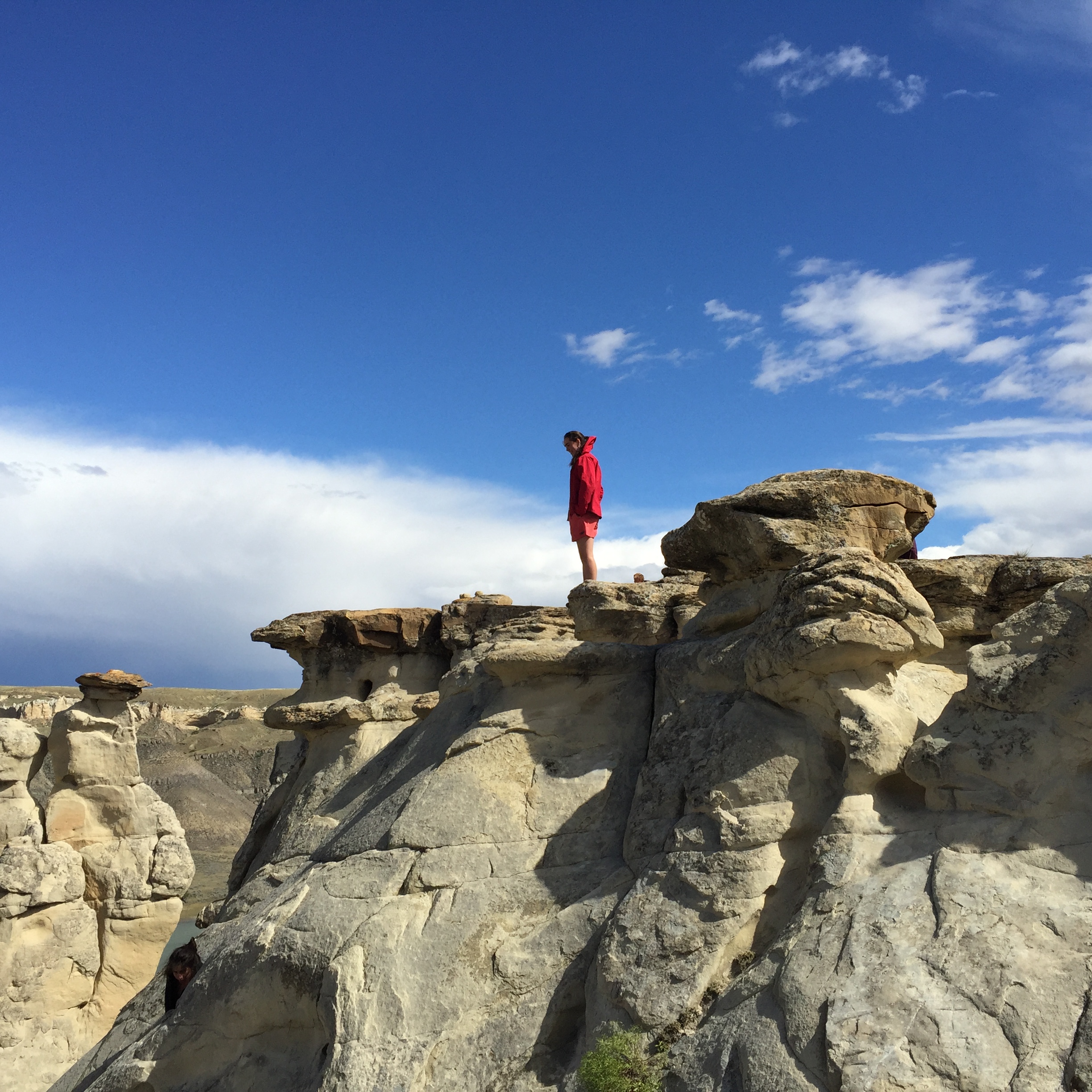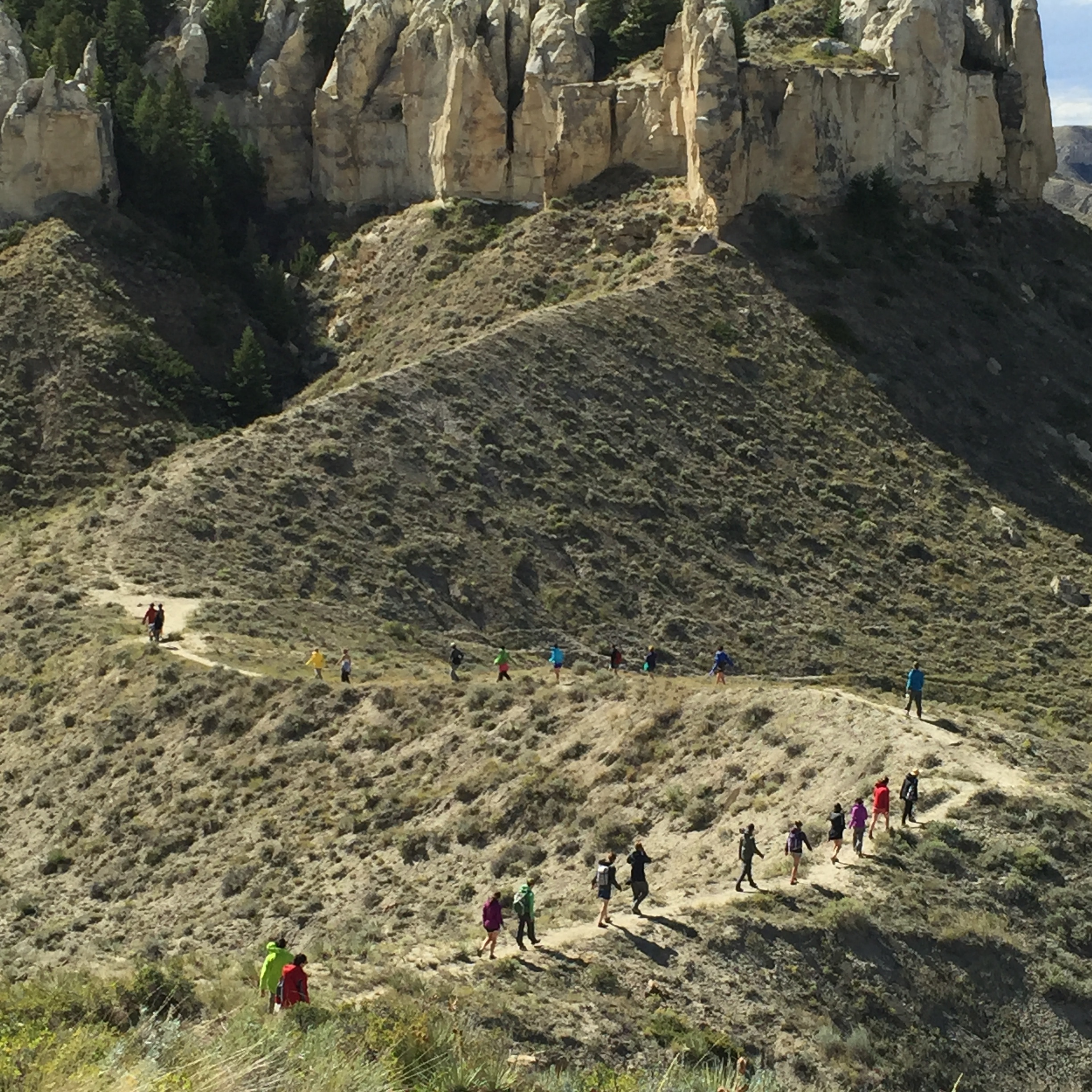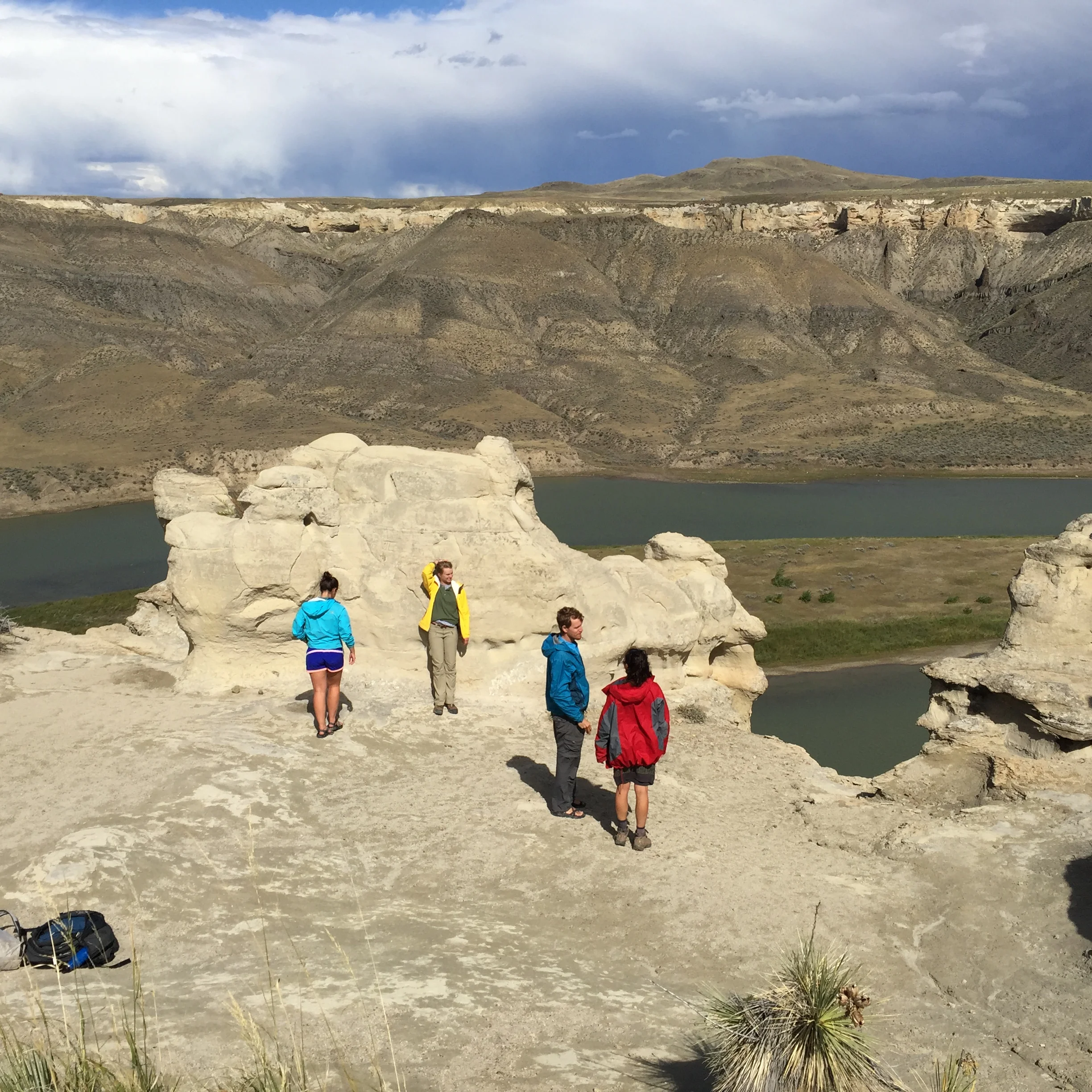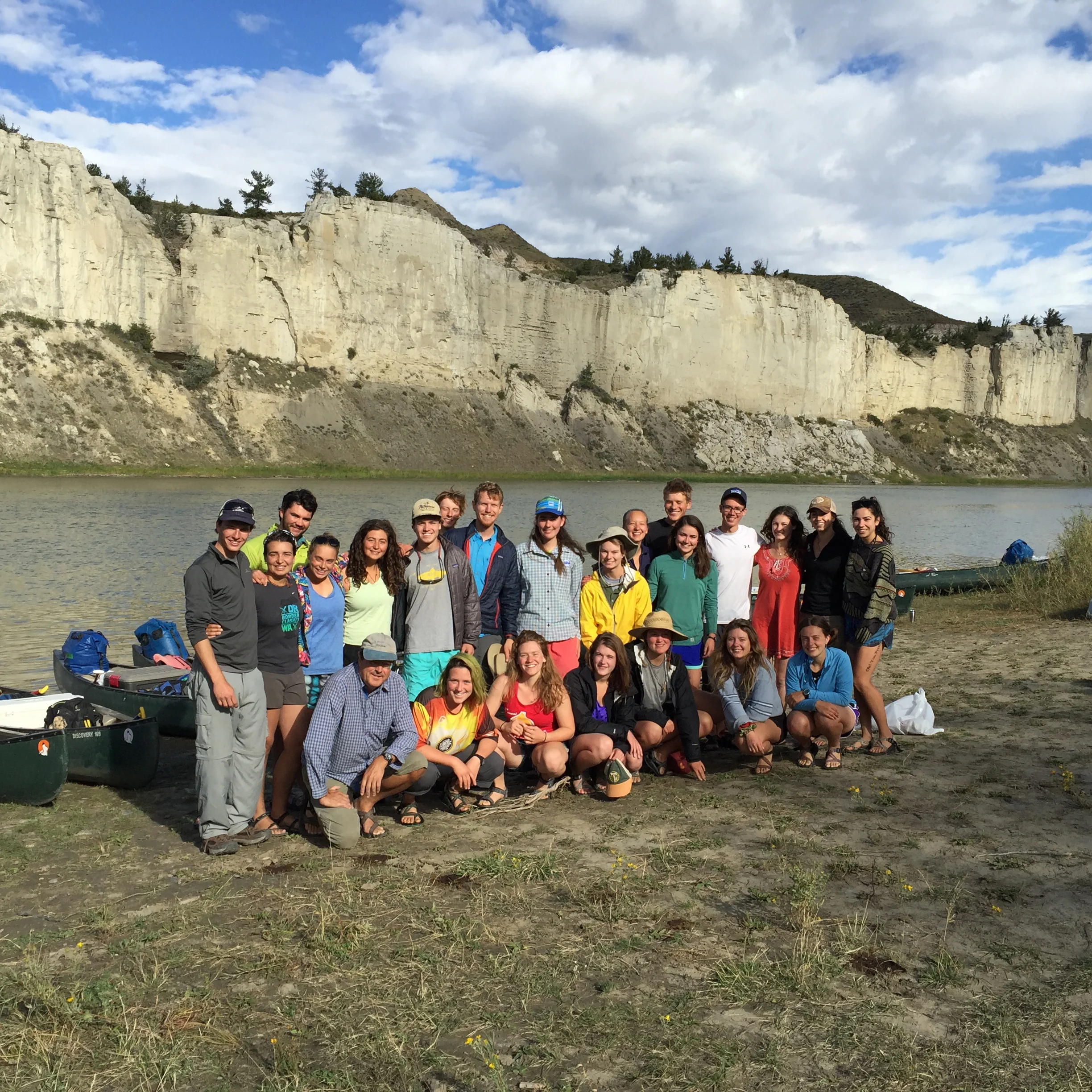Near the southern terminus of California sits the Salton Sea, 375 square miles of water almost twice as salty as the Pacific Ocean. Sitting 230 feet below sea level, this basin has alternately filled and drained for thousands of years, enjoyed designated National Wildlife Preserve status since 1930, and been run under the steady hand of Chris Schoneman since 2004. The preserve encompasses 2,200 acres of critical migratory bird habitat, having hosted over 400 species on their journey through the Pacific Flyway. 1.3 million acre feet of water flow into the sea every year, most from salty agricultural runoff, and this poses a grave threat to the birds. Currently at 59 parts per thousand, the Sea’s salinity is steadily rising as extreme temperatures evaporate much of the incoming water and allow salt to build up. Past 60 ppt, experts predict several of the sea’s critical fish species will be unable to reproduce, and birds have already been found ashore literally starving to death.
Chris oversees the development of 600 acres of partially desalinated water to serve as a buffer against further avian mortalities, and simultaneously works towards a system to mitigate the salinity of the Sea itself. He recognizes the necessity of cooperation with many different parties, saying, “we need to keep people involved, or we quickly become irrelevant,” but his first concern is for the wildlife. In the words of his longtime colleague, biologist Ray Bransfield, “birds have it rough. They need people like Chris.”
By Hunter Dunn












